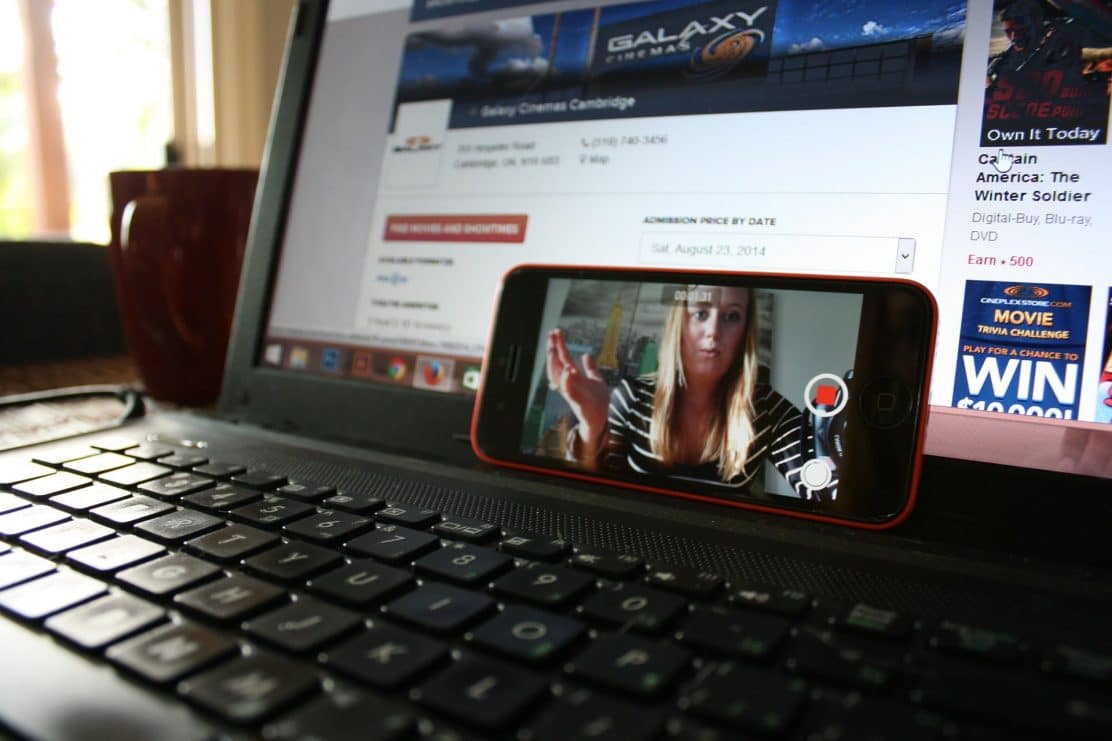Seeing is believing, right? Wrong, apparently. The concept of doctored photographs and video isn’t a new one; it’s been a very real problem for literal decades, and a key plot device used by many a thriller or television cop show as a red herring to misdirect viewers to frame one character for the crimes of another.
But now the advent of halfway decent artificial intelligence has allowed some people to take this to a whole new level with so-called “deepfakes”, convincingly mapping someone’s face onto someone else’s body within a video.
In April last year, Buzzfeed published a demonstration featuring celebrated actor and director Jordan Peele. Using FakeApp – the same tool notoriously used to create fake celebrity sex videos – Buzzfeed took an old video of former US President Obama and seamlessly swapped in Peele’s mouth as he did an impression of Obama.
A portmanteau of “deep learning” and “fake”, a “deepfake” is essentially a technique used for human image synthesis using artificial intelligence. It combines and superimposes existing images and videos onto source images or videos using a machine learning technique known as a “generative adversarial network”.
This means that videos can be created that show someone doing or saying something that never happened in reality, such as depicting a celebrity in a compromising sexual act in which they didn’t actually take part, or manipulating the words or gestures of a politician to make it seem as if they said something they didn’t.
Deepfake porn first surfaced on the internet in 2017 – particularly on Reddit – and has been banned by a number of sites, such as Reddit, Twitter, and Pornhub. The videos were quickly debunked but the Reddit community fixed bugs in the fake videos, making them increasingly realistic to the point that it became difficult to distinguish the fakes from true content.
In the United Kingdom, producers of deepfakes can be prosecuted for harassment but there have been calls to make the technique a specific crime; in the United States, a variety of charges have been levelled against deepfake creators, including identity theft, cyberstalking, and revenge porn.
Besides the Buzzfeed demonstration, deepfakes have also been used to misrepresent well-known politicians on video portals or chatrooms. The face of the Argentine President Mauricio Macri was replaced by the face of Adolf Hitler and Angela Merkel’s face was replaced with Donald Trump’s.
This is a level above simple photoshopping; it’s live action, can be generated using free software, and the technology is evolving quickly. In the Buzzfeed video, Peele is essentially acting as a puppeteer for Obama’s face where not long ago deepfakes were limited to transferring simple facial expressions and mouth movements from an actor to the fake video.
Now, the software can account for wide-ranging head and eye movements without a great deal of obvious distortion. Combining fake video with fake audio makes it easy to imagine a future in which fake videos are almost completely impossible to distinguish from reality.
The potential for abuse is theoretically severe: what if a fake video of a world leader inspires a riot, fells the market, or starts an outright war? What if it could be used to rewrite our memories of the past by seeding the public with false memories?
The human mind is incredibly malleable and can be easily manipulated, given the right circumstances, knowledge, and tools. Studies have shown that we are highly susceptible to forming false memories (people have been known to misremember entire events that never happened) and that tendency could be kicked into overdrive on the internet, where false ideas spread like wildfire.
Studies have shown that people are more likely to say that they remember a faked photograph when it fits with their political worldview, potentially allowing bad actors to use manipulated images or videos to prey on our political biases to change our understanding of world events, past and present.
However, the Buzzfeed video was created last April and in that time, the predicted wave of political deepfakes hasn’t materialized, even in this increasingly polarized political environment, making the panic around deepfakes and AI-assisted propaganda seem like a somewhat overblown false alarm.
The technology is cheap, easily available, and technically straightforward; countries like Russia and China, for example, absolutely have the motive and resources to produce a deepfake. And we now know from the Mueller report that Russia has been using various underhanded techniques to manipulate US politics.
But they haven’t turned to deepfakes as yet, perhaps in part because the videos are easy to track because the existing deepfake architectures leave predictable artifacts on doctored video. These are easy for a machine learning algorithm to detect, some of which are publicly available, and Facebook has been using its own proprietary system to detect fake video for a while now.
It’s also not clear how effective fake videos are for this kind of political misinformation campaign; most operations that we’ve seen so far, such as a widely shared 2016 piece of fake news that claimed Pope Francis had endorsed Donald Trump, are designed to muddy the water rather than provide convincing evidence for a claim.
It’s possible that the deepfake revolution just hasn’t arrived yet – we’ll have to see. The technology gets better and better with every passing year, and the next version could solve whatever problems are currently holding it back. Time will tell.


Leave a Reply